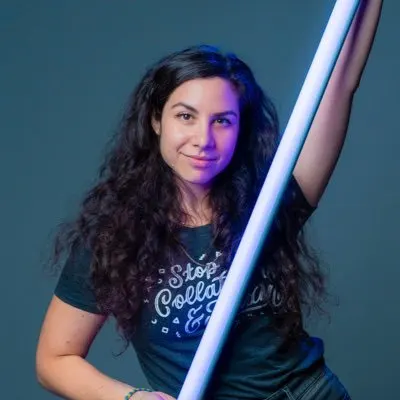Talk
Mysterious talk🔗
Building software teams & mobile apps. Built a bank in Asia.
Talk
Building Mastra and helping you to code AI agents.
Talk
Founding Engineer at mastra.ai.
Talk
Rachel-Lee Nabors spent the better part of their career on web standards and opensource and has spearheaded developer education at FAANG and startups, on the React Team, and W3C. Now they work to usher in the future with browser builders and Silicon Valley startups, teaching a new generation of builders that “it's not magic; it's just math.” You can find them drinking tea in London or shadowboxing in San Francisco.
Talk
The Headless Web🔗
As people spend more time using personal agents like ChatGPT and Claude, they spend less time using browsers and apps. But agents still source information from the Web and use tools like MCP servers to extend their abilities and access.
Here's the surprise: React developers might not be building websites in the future. They might be building streaming components.
MCP-UI lets your React components render directly inside agent interfaces—no browser required. Your design system doesn't just power your website anymore; it extends into every agent your users talk to. This talk shows you how to make content agentic web-first using MCP-UI, with a live demo surfing the speaker's award-winning web comic archive entirely through an agent.
What you'll learn:
- Why your React skills are more relevant than ever before
- How design systems teams can extend their component libraries through MCP-UI
- How to build an MCP server that streams interactive UI to agents
As an engineer, Georgios prides himself for being pragmatic and a generalist - engineering at its best is meant to bring an intention to life. To build a system that fulfills specific requirements over time. With over 12 years of experience working with or for startup organizations, he really knows what it takes to kickstart a project without sacrificing long-term goals like maintainability or scalability. Since he co-founded Zero to MVP in 2019, Georgios and his team have built over 25 systems that can pivot and scale.





